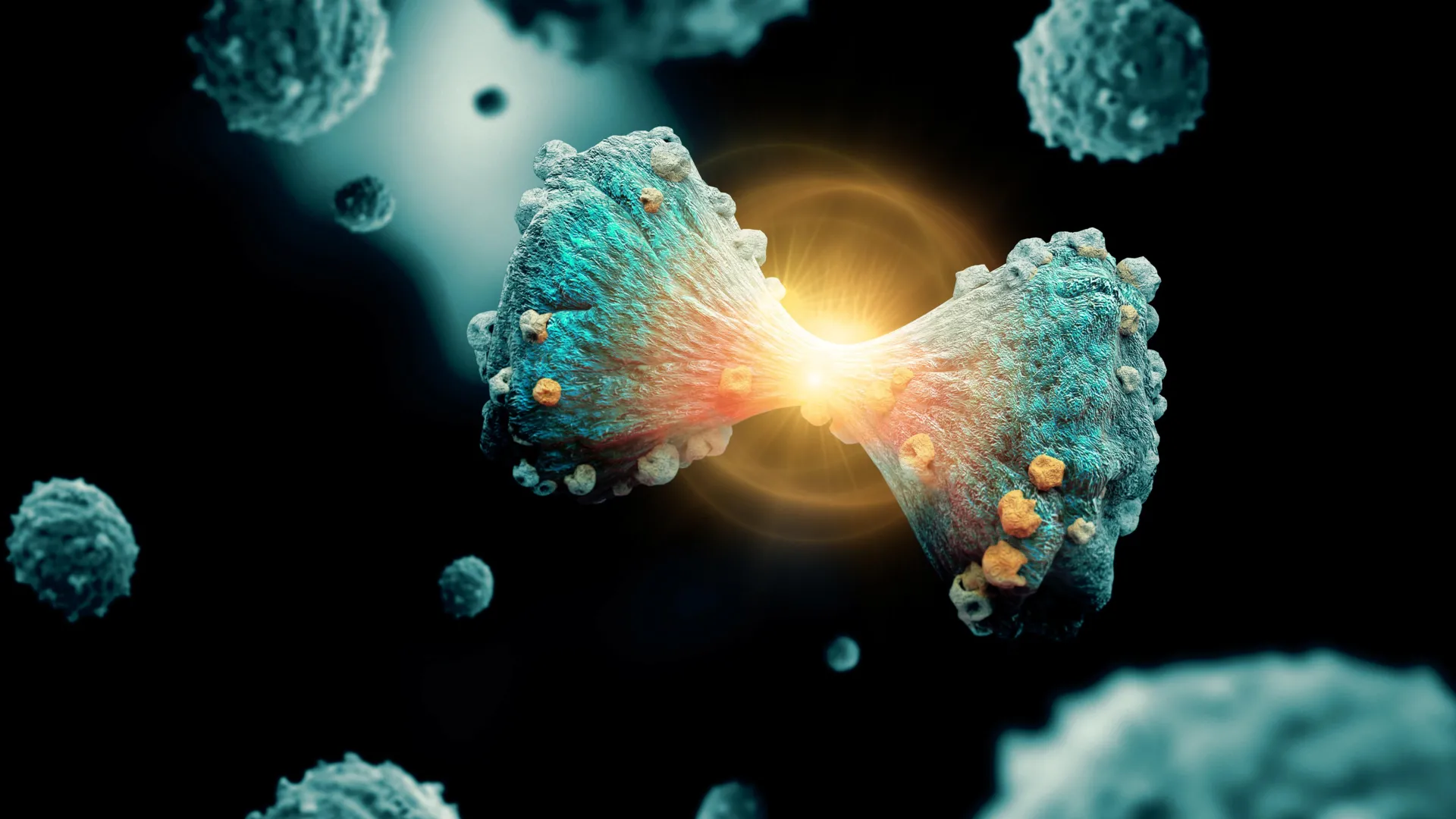Scientists find hidden switch that lets tumors shapeshift and evade treatment
- Date:
- November 24, 2025
- Source:
- Cold Spring Harbor Laboratory
- Summary:
- Scientists are uncovering what makes some carcinomas so resistant: their ability to change identity. Two new studies reveal crucial proteins and structures that could become targets for future therapies. These discoveries deepen understanding of how tumors reprogram themselves and point toward highly specific treatments. The work raises hopes for safer, more selective cancer drugs.
- Share:

Some tumors remain extremely difficult to treat, and carcinomas are among the most challenging. Unlike many other cancers, these tumors can behave unpredictably. Some even shift their appearance and begin to resemble entirely different types of cells found in the human body, such as those in the skin. This unusual ability makes many current treatments far less effective.
"The tumors are notoriously plastic in their cellular identity," says Cold Spring Harbor Laboratory (CSHL) Professor Christopher Vakoc. In some cases, this shifting identity helps the cancer avoid therapies designed to destroy it.
New Research Reveals Hidden Weaknesses
Recent studies from the Vakoc lab provide important insights into two of these difficult carcinomas. According to Vakoc, the new work exposes weaknesses that could "tee up targets for therapy."
In research published in Nature Communications, CSHL scientists identified a protein that determines whether pancreatic cancer cells retain their traditional appearance or begin to adopt features similar to skin cells. In a separate study in Cell Reports, the team mapped the crystal structure of another group of proteins that is essential in tuft cell lung cancer.
Linking Past Discoveries to New Therapeutic Possibilities
Vakoc describes this latest development as a full-circle moment for the lab. When tuft cell lung cancer was first identified in 2018, he and his colleagues were searching for epigenetic influences that promote tumor growth. They focused on the mechanisms of transcription and gene regulation rather than the genes themselves. Now, working with CSHL Director of Research Leemor Joshua-Tor, the researchers have uncovered a finding that may eventually lead to an epigenetic therapy capable of halting cancer growth.
These two studies support a long-standing mission in Vakoc's research program. "We aim to identify the master regulators of cellular identity," he says. Scientists hope that these "master regulators" could one day serve as the basis for new treatments, similar to the hormone therapies now used for breast and prostate cancers that were once much harder to manage. Although promising, Vakoc notes that this goal will require more time and continued study.
Toward Safer and More Precise Cancer Treatments
If future medicines emerge from these findings, Vakoc hopes they will be designed to target cancer cells while protecting the rest of the body. That principle is reflected in the lab's current work. In both the pancreatic cancer and lung cancer mouse models they tested, the researchers found no signs of toxicity or harm to major organs. "We're setting a higher bar for specificity when it comes to new cancer targets and treatments," Vakoc says.
Their efforts extend beyond developing future therapies. By revealing how cellular identity is controlled and altered in cancer, the team is contributing to a deeper scientific understanding that could help shape a more precise and effective standard of care in the years ahead.
Research Funding: National Cancer Institute, Pershing Square Sohn Cancer Research Alliance, CSHL-Northwell Health Affiliation, Treeline Biosciences, National Institutes of Health, U.S. Department of Defense, Howard Hughes Medical Institute
Story Source:
Materials provided by Cold Spring Harbor Laboratory. Note: Content may be edited for style and length.
Journal References:
- Aktan Alpsoy, Jonathan J. Ipsaro, Damianos Skopelitis, Sujay Pal, Frank S. Chung, Shannon Carpenter, John J. Desmarais, Xiaoli S. Wu, Kenneth Chang, Matthew T. DiMare, Erin Harten, Staci Bergman, Justin B. Kinney, Jeffrey A. Engelman, Hyo-Eun C. Bhang, Leemor Joshua-Tor, Christopher R. Vakoc. Structural basis of DNA-dependent coactivator recruitment by the tuft cell master regulator POU2F3. Cell Reports, 2025; 116572 DOI: 10.1016/j.celrep.2025.116572
- Patrick J. Cunniff, Nicole Sivetz, Damianos Skopelitis, Olaf Klingbeil, Daniel Toobian, Diogo Maia-Silva, Mikala Egeblad, Christopher R. Vakoc. KLF5 enables dichotomous lineage programs in pancreatic cancer via the AAA ATPase coactivators RUVBL1 and RUVBL2. Nature Communications, 2025; 16 (1) DOI: 10.1038/s41467-025-66007-0
Cite This Page: